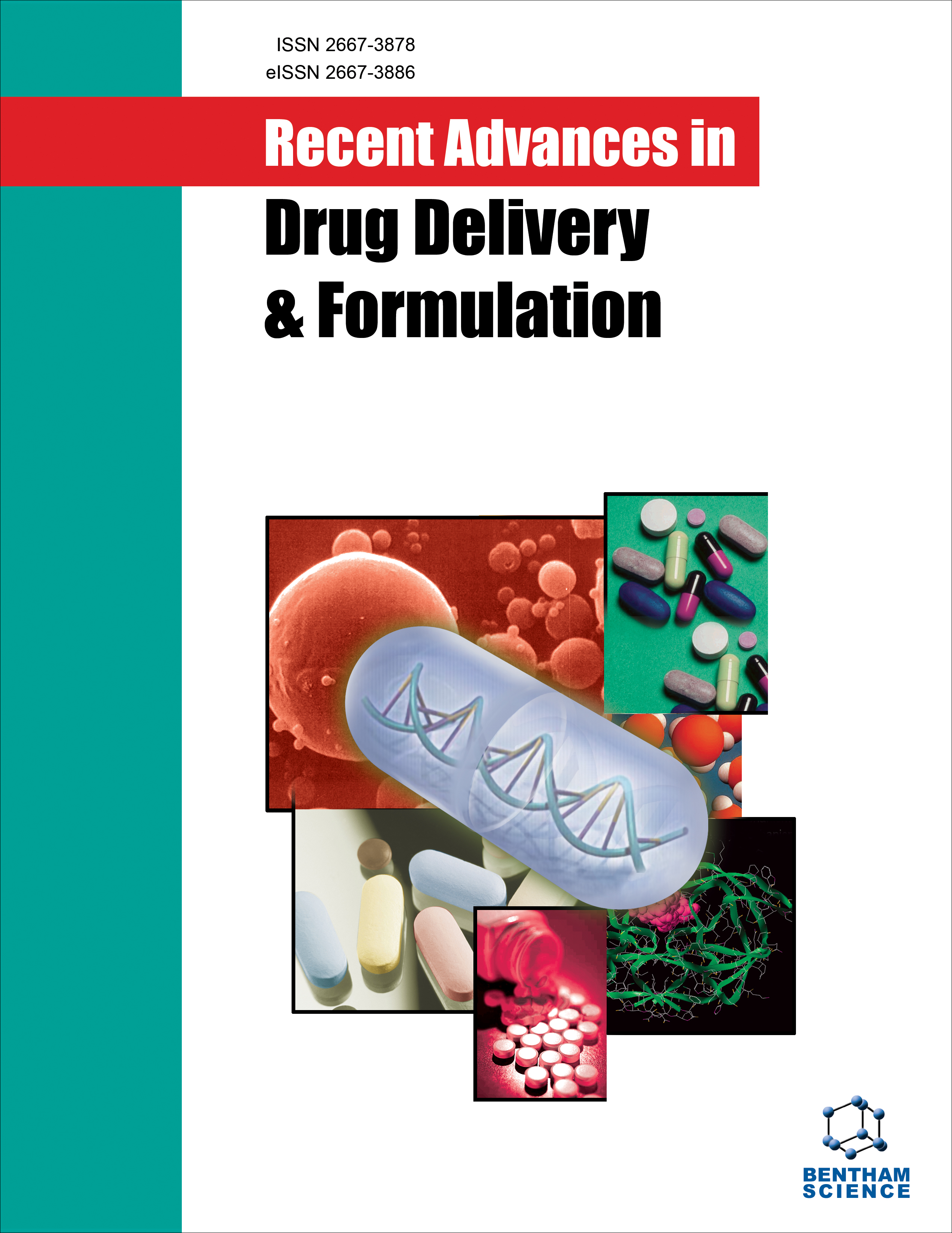
Full text loading...
We use cookies to track usage and preferences.I Understand

The Musa genus, which includes bananas and plantains, offers a natural source of polymers. These polymers are finding applications in various industries, such as pharmaceuticals, where they are used as drug delivery systems. Additionally, Musa species are used in the creation of biopolymer composites, which are eco-friendly materials, and in the production of nanocellulose, a nanomaterial with promising properties. The versatility of Musa species makes it a valuable resource for developing sustainable materials and exploring new applications. This review aims to highlight recent advances in the applications of bio-polymers, biocomposites, nanocellulose, and novel drug delivery systems using Musa species.
The review likely examines existing literature, research studies, and experimental findings related to Musa species. It may analyze the characterization, treatment, and fabrication techniques of Musa species for these applications.
The multifaceted role of Musa species is emphasized, including its contribution to pharmaceutical advancements, eco-friendly polymer production, and innovative nanocellulose applications.
In summary, this review paper explores how Musa species can be harnessed for various technological and scientific purposes, particularly in the fields of biopolymers, biocomposites, and drug delivery systems. The tropical plant’s versatility and significance are underscored throughout the review.

Article metrics loading...

Full text loading...
References


Data & Media loading...